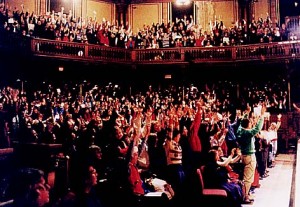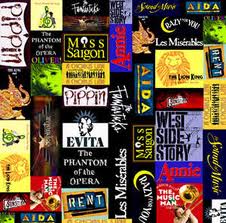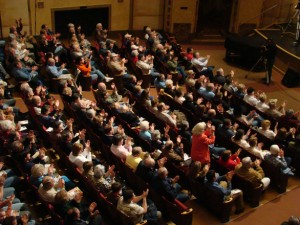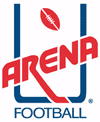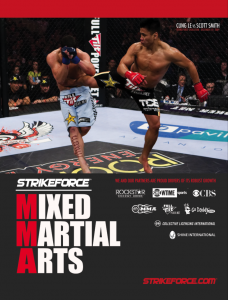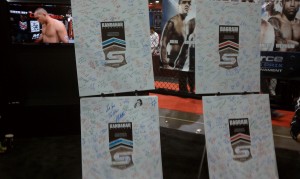Roy Eisenhardt (President/CEO – Oakland A’s) . . . In 1980, leading Major League Baseball into a new technology-enabled age, hired my company’s STATS, Inc. subsidiary (Sports Team Analysis & Tracking Systems), co-owned with Dr. Richard Cramer, noted Sabermetrician, to develop EDGE 1.000 ™. Eisenhardt made it clear from the outset that he wanted to increase radio and TV ratings, the enjoyment of fans and the value of the broadcasts to advertisers.
This was the first computerized pitch-by-pitch and pitcher/batter/fielder tendencies information gathered in real time for the purpose of player performance evaluation, game tactics planning and the statistical enrichment of play-by-play radio and TV broadcasts (Apple, provided the development hardware which also included Hayes modems, a DEC mainframe and a Corvus hard drive) . Jay Alves, now an executive with the Colorado Rockies, was recruited to be the first system operator.
We also worked closely with the broadcasters, Bill King and Lon Simmons, to increase their comfort levels with the rapidly updating statistical and trends texture they now had displayed in front of them.
Our EDGE 1.000 provided the initial analytical underpinnings of the A’s amateur player evaluation and drafting process fostered by Sandy Alderson, then Billy Beane and since popularized in the book, Moneyball, by Michael Lewis. The movie version of Moneyball, with Brad Pitt, opens in late 2011.
For the subsequent two decades, the brand image and reputation of the Oakland A’s as well as the confidence instilled in fans would be influenced and shaped by the innovative bent of the Haas family ownership.

